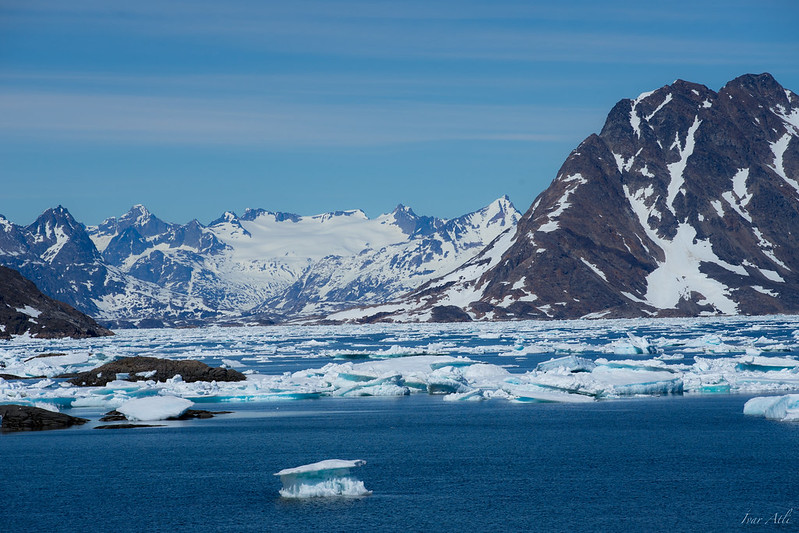According to a new study, current national climate targets are so weak that even with them, melting glaciers and ice sheets are set to cause double the rate of sea-level rise as they would if countries met their Paris Agreement targets.
—
What is Happening?
- According to the study, published in the journal Nature, if countries meet only the targets in place today, land-based ice may contribute 25 cm to global oceans by 2100. If warming is kept to between 1.5° Celsius and 2°C, that estimate falls to 13cm.
- The study consisted of 84 scientists from 15 countries who put together hundreds of simulations of melting land ice from 19 regions, including Greenland and Antarctica, into a single global projection. A better future is possible, the authors conclude, but only if countries raise their climate ambitions. Melting from Greenland would fall off by 70% and melting from glaciers by 50%, for instance, if the Paris Agreement goals are met.
- As meltwater flows from glaciers, it contributes to swelling tides that are already lapping against cities, beaches and coasts around the world. Tamsin Edwards, a climate researcher at King’s College London and the study’s lead author, says, “Coastal flooding will still increase, but less severely if we manage to limit warming to 1.5ºC.”
- Current global pledges to cut emissions and energy use are projected to lead to more than 3°C of warming by 2100. In more worse-case scenarios, that estimate goes as high as 5°C, which would be catastrophic.
- The ocean has risen about 22cm since 1880, about half of which is from water expanding as it warms, while a quarter each comes from the Greenland and Antarctica ice sheets and the land-based glaciers elsewhere. Sea-level rise since the early 1990s now accounts for a third of the historic total.
You might also like: What Does It Mean to Be a Climate Leader?
Sophie Nowicki, a professor at the University of Buffalo and a co-author of the Nature study, says, “Greenland is really sensitive to atmospheric changes, and so basically in a warmer world, you get more melting along the surface of the ice sheet. In Antarctica, it’s very complex because a warmer world could mean more snowfall, but it could also mean more melt at the side of the ice sheet.”
- Warmer air holds more water vapour, which leads to more snowfall and eventually ice. Warmer water also eats away at ice sheets from beneath, accelerating melt and instability. It is unknown which process will dominate in the decades ahead and different modelling groups produce different projections. The most dire of them project that ice sheet melt in Greenland will contribute 42cm to sea-level rise this century.
- Antarctica will also suffer in the coming decades. Ozone depletion and greenhouse gas pollution are strengthening polar winds, which is increasing melt rates on Larsen C, an ice shelf located on the Antarctic peninsula that has the continent’s highest surface melt rate.
- Another team of scientists led by Robert DeConto, a director of the School of Earth & Sustainability at the University of Massachusetts Amherst, wrote up the results of an Antarctic ice sheet model not included in the larger study. Tit found that sea levels currently rise at an average rate of about 0.36cm per year. Edwards said that this paper’s results are mostly consistent with her study looking at multiple models.
On a 3°C pathway, “resulting ice loss would be irreversible on multi-century timescales, even if atmospheric temperatures return to preindustrial-like values,” DeConto and co-authors wrote. Warming of 1.5°C to 2°C “would have much less impact on low-lying coastlines, islands, and population centres, pointing to the importance of ambitious mitigation.”
Featured image by: Flickr

















